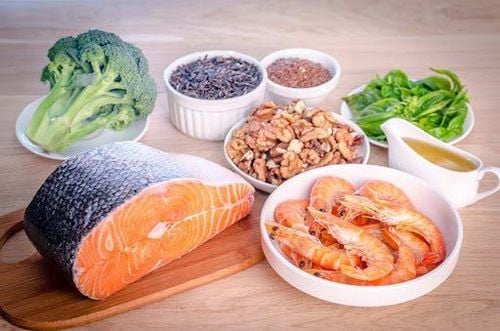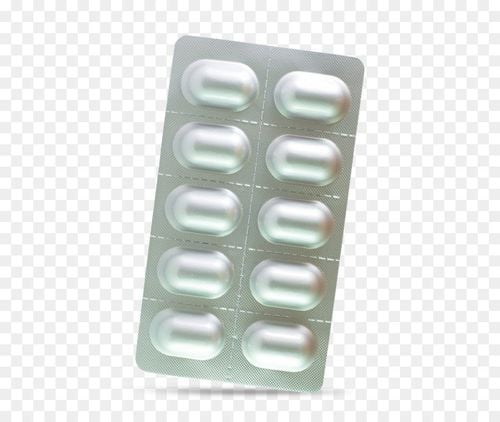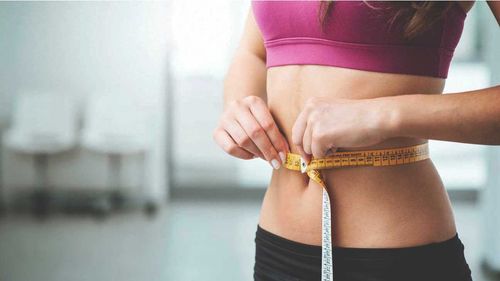This is an automatically translated article.
Taking care of and building strong bones right from the start will help prevent sports injuries, improve overall health, and reduce the risk of osteoporosis later in life.1. Building strong bones helps prevent sports injuries
Young female athletes are at high risk for low bone density. So building strong bones can help prevent sports injuries and osteoporosis later in life.Most young people don't pay much attention to building bone health. Adolescence, however, is a crucial time for bone health, as maximum bone growth occurs only during the years between puberty and 18 years of age.
For young female athletes who actively practice sports, weak bone problems not only occur in the future but can be in the present. According to research, young female athletes often have lower bone mineral density than non-athletes. Bone mineral density (BMD) refers to the amount of calcium and other minerals present in bones. The strength of the bone will depend on its size and density. In general, the higher the mineral content in the bones, the denser and stronger the bones.
According to the results of a study, about 16-22% of young female athletes have a low BMD. This can increase the risk of fatigue fractures or other bone-related injuries.
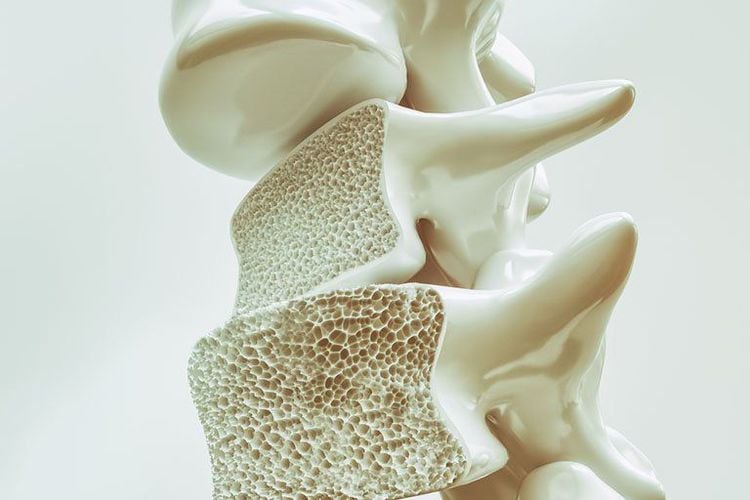
Việc xây dựng xương chắc khỏe có thể giúp ngăn ngừa được các chấn thương thể thao, cũng như tình trạng loãng xương sau này
2. Take care of bone health from the beginning
Bone is a living tissue, growing and constantly changing. Over the course of life, old bone fragments are broken down and eliminated, while new bone is formed, known as bone remodeling.In young people, especially in adolescent girls, the body makes new bone faster than it breaks down old bone. The skeleton will grow in both size and density. Bone mass (the amount of bone tissue in the skeleton) also increases rapidly.
The most important time for girls to form bones is between the ages of 10 and 16. By age 18, girls will have reached about 90% of their maximum bone mass, while boys will have achieved this by age 20. Peak bone mass is the maximum bone mass a person will gain in a lifetime.
Most individuals reach their peak bone mass by the age of 30. There is continued bone remodeling after that, but slightly more bone mass is lost than is gained. Think of bone mass as a bank account. That is, the higher the peak bone mass, the more "banks" of bone you can "withdraw" in and out later. This will help reduce your chances of developing osteoporosis.
Most young female athletes can do anything to accumulate bone. Strong bones help prevent injuries to bones and muscles.
3. Some problems associated with low bone density (BMD)
Low BMD is one of the factors of the "triad" syndrome, which involves consuming fewer calories than the body needs for activities (available energy) and irregular menstrual cycle.Teenage girls who don't have periods or have longer periods between periods produce less estrogen – a hormone that helps regulate the rate at which bone breaks down, or bone resorption. If estrogen becomes chronically low, bone loss may occur at a faster rate than usual. This also results in less bone mass and lower BMD levels.
However, even female athletes who have regular periods can still have low bone density (BMD) levels. The physical and mental stress of intense exercise can cause changes in the production of growth hormone and cortisol, which also negatively affects BMD. Additionally, a diet low in calcium, vitamin D, and other nutrients needed for bone formation can all lead to lower-than-normal BMD levels.
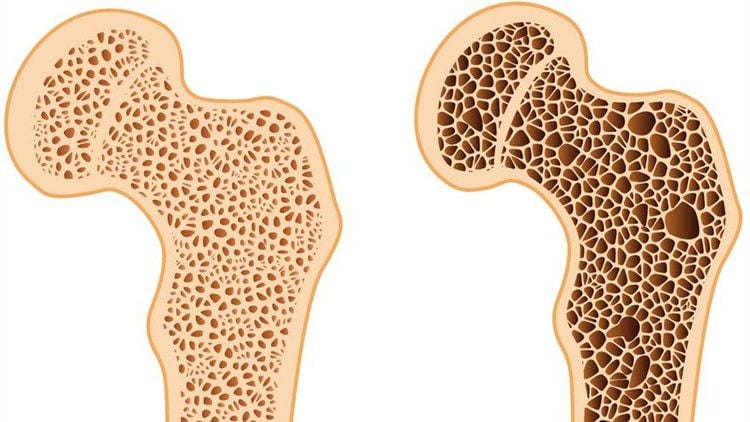
Ngay cả những nữ vận động viên có kinh nguyệt đều đặn vẫn có thể có mức mật độ xương (BMD) thấp
4. For strong bones, start with a better diet
Some aspects of bone mass are not within your control. In which, genetic factors account for more than half of the influence on bone strength and size. In general, young women will have lower bone mass than men. But some personal habits can also help you build and maintain strong bones. This includes following a good diet from the start. Our bodies will need enough protein, minerals and vitamins to be able to produce and rebuild bones.Calcium This is one of the most important nutrients to help you achieve peak bone mass and prevent osteoporosis. A diet deficient in calcium can contribute to lower BMD, early bone loss, and an increased risk of fractures.
Children 9 - 18 years old should consume at least 1,300 milligrams (mg) of calcium per day. For adults between the ages of 19 and 50, they should consume about 1,000 mg of calcium per day as recommended by healthcare professionals. However, at present, the percentage of children and adolescents who do not provide enough calcium for the body is increasing. On average, teenage girls will need about 900 mg of calcium per day, and teenage boys will need 1,200 mg per day.
Food sources of calcium usually include almonds, dairy products, kale, broccoli, salmon, sardines and tofu. In addition, some other foods are fortified with calcium such as cereals, pasta, juice and waffles.
For people who find it difficult to get enough calcium from their diet, talk to their doctor about calcium supplements. Calcium supplementation has been shown to improve bone mineral density by 1-2%.
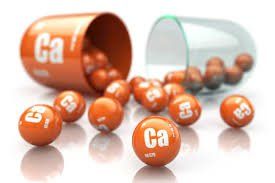
Bổ sung canxi đã được chứng minh là giúp cải thiện mật độ khoáng xương từ 1 – 2 %
Magnesium This mineral can contribute to improving your bone density. Food sources of magnesium include almonds, kidney beans, black beans, green leafy vegetables, peanut butter and whole wheat bread. Supplementing with magnesium can also be helpful for bone health.
Vitamin K Vitamin K is essential for normal bone metabolism and helps prevent osteoporosis. This vitamin is commonly found in green leafy vegetables, such as spinach, broccoli, kale, peas, and green beans.
5. Adopt good bone habits
Young female athletes in particular and women of all ages in general can benefit from some of the following bone-strengthening habits:Incorporating strength training Stretching: These are exercises that involve the bones that support the body's weight, help stimulate bones, and make them stronger throughout life. For both younger and older women, this form of exercise is one of the most important factors in helping you achieve and maintain peak bone mass. Compression exercises typically include basketball, volleyball, dance, running, tennis, gymnastics, soccer, and weight training. If your main sport is not strenuous activities, such as swimming or biking, you should incorporate weight-bearing activities a few times a week. Maintain a healthy weight: Being overweight or underweight at any age increases the risk of osteoporosis. Quit smoking: Smoking is associated with low bone density in adolescents. Research shows that adolescents who smoke are likely to develop less bone mass than non-smokers. Limit alcoholic beverages: Regularly drinking more than 2 glasses of wine per day can harm bone health in a variety of ways. For women, experts recommend no more than one drink per day to ensure overall health. Alcohol can also interfere with the body's absorption of calcium and new bone formation. Limit sodas and sugary drinks: Sodas, energy drinks, sweetened teas and other sugary drinks may add calories, but they contain very few nutrients. Teens who consume a lot of these beverages instead of milk may be inadvertently eliminating a great source of calcium.
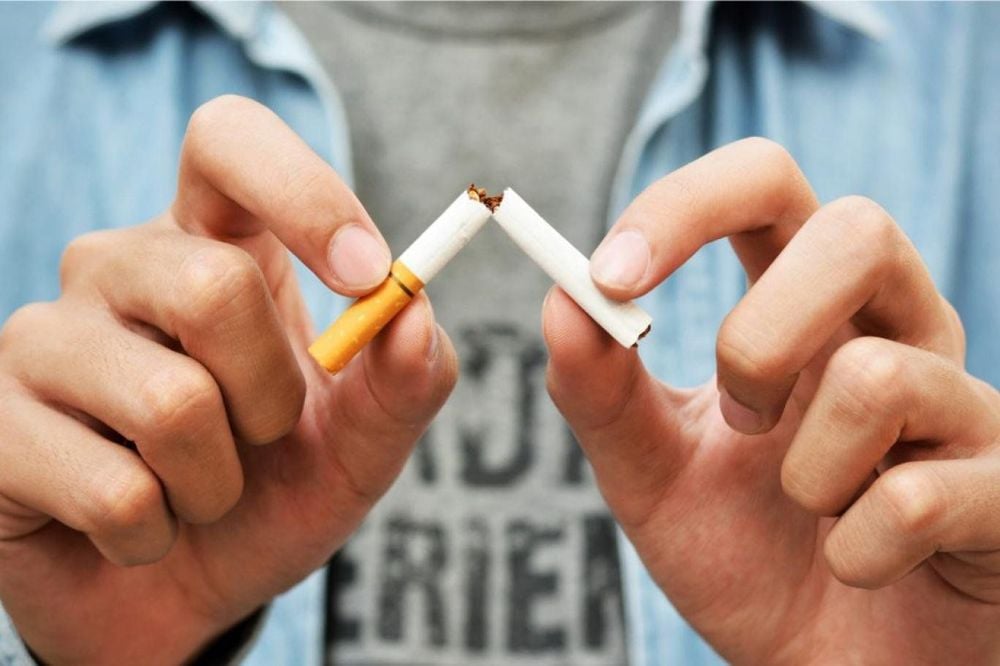
Hút thuốc lá có liên quan đến mật độ xương thấp ở thanh thiếu niên
6. Bone density test
Bone density can be measured, but not everyone needs to be tested. The doctor will recommend checking the bone density of the following people:Women who have not had a period for more than 6 months. Women who have had a fatigue fracture and have a history of missed periods or a family history of osteoporosis. During a bone density test, your doctor will use an X-ray machine to measure how many grams of calcium and other minerals are in the bones. The most accurate bone density test is dual-energy X-ray absorptiometry (DXA), which uses different x-ray beams to estimate bone density in the spine and hips. Strong and dense bone will allow less X-ray beams to pass through it. It is a safe, easy, quick and painless test.
Bone density test results will report two different parameters, including a T-score and a Z-score. For young people, a Z-score will be more appropriate. The Z-score helps to compare an individual's bone density with the normal bone density expected for a person of the same age, sex, weight, and race. The Z-score is the number of units, called the standard deviation, that indicates whether bone density is higher or lower than that reference value.
If the Z score is below -2, it is considered low BMD. If a young female athlete has a Z-score of -1 to -2, as well as a history of fatigue fracture, that would be considered high risk for low BMD and likely requires more thorough testing. .
Please dial HOTLINE for more information or register for an appointment HERE. Download MyVinmec app to make appointments faster and to manage your bookings easily.
Reference source: mayoclinic.org



